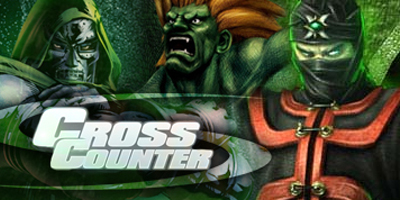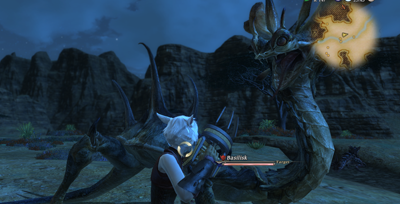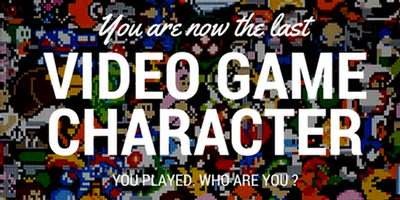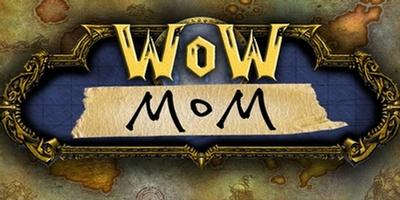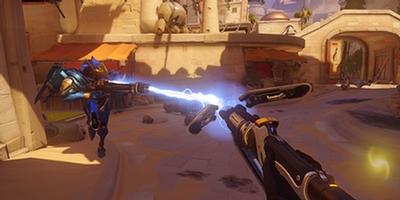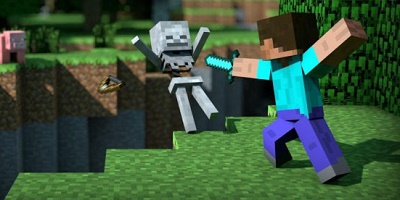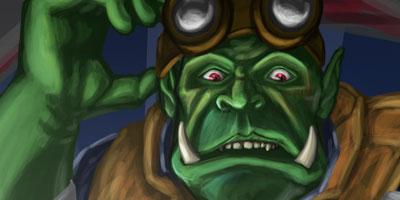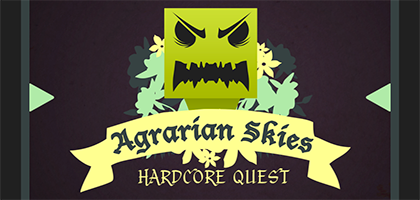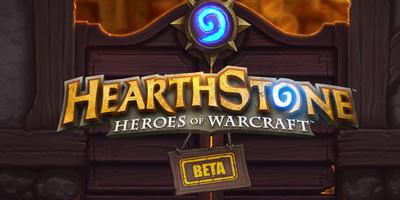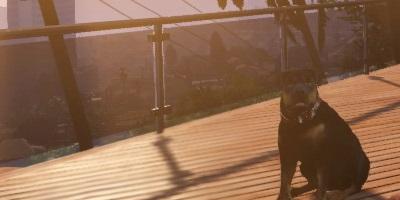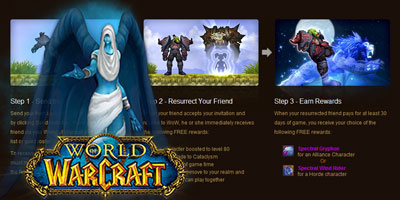- by Arthur "Arturis" Orneck
- Posted on June 20, 2011 @ 11:17 PST
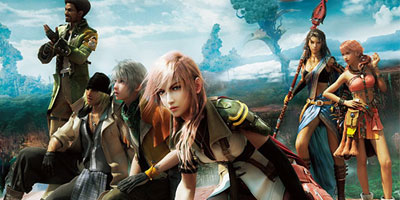
Last night my wife and I managed to finally plow through the last few fights of Final Fantasy XIII. We had been putting completing the game off for months, letting our save files grow stagnant as we spent our time on other things, including launching a website. In the time that had passed, I had forgotten just about every detail of the game, from story to battle mechanics. So attempting to pick up where we left off could only be described as a "trial by fire", with me frantically trying to remember how to take control in each fight, and my wife scrambling to help me along through the use of FAQs and Forums.
Ultimately, we were able to get our act together and complete the game. Now that I've finally finished it, I feel I have a strong grasp on what worked and what didn't work with their game design and can speak definitively on the topic. If anyone from Square Enix happens to read this, please know that all my comments, now matter how dire, come from a deep love of the franchise and the RPG genre over all.
What worked
The Paradigm System - While I lament the inability to issue orders directly to all my party members, being able to at least give the Artificial Intelligence (AI) a general direction made combat far more interesting. In FFXII they solved the issue of AI party members by incorporating a system of rules called "Gambits". While this gave you a pseudo scripting language in order to setup a characters behavior ahead of time, it was practically useless when you needed to change tactics on the fly, forcing you to juggle which character you directly controlled in many (if not most) situations.
Jump ahead to FFXIII, and the Paradigm System. While they no longer let you directly control anyone but your main party member, they do allow you to shift everyone's general tactics during a fight using sets of objectives called Paradigms. For example, you can tell all your characters to go on an all out blitzkrieg offensive by shifting to a Ravager/Ravager/Ravager paradigm, or tell one character to keep the monsters attention ("tanking" in the MMO world) while another uses heavy attacks and the third provides healing using a Sentinel/Commando/Medic paradigm. Once you get the hang of which paradigm to shift to and when, combat becomes almost a dance of sorts, and even the more chaotic battles start to feel controllable (assuming there are no cheap shots, but we will come back to that). It actually becomes a bit of a rush when you have your timing down - Stack up the boss's Stagger meter with Rav/Rav/Rav and then switch in the Commando attacks for the really big numbers, and soon you find yourself smack talking at the screen while your party members thrash away. Well, at least I did.
The Visual Detail - The graphics are definitely stunning, to say the least. The shift in detail level between the pre-rendered cut scenes and the in-game graphics is nearly imperceptible. Kudos (or perhaps Kupos) go out to the Art Team for Technical Achievement. However...
What didn't work
The Visual Design - ...the visual design was a complete and abhorrent mess. For starters, it seems that the design team was allergic to symmetry - most every monster had either only one arm, or one massive wing. Its understandable to break things up for visual interest, but when you do it for every creature, the exception becomes the norm, and the norm becomes boring. Of course, this is not counting the creatures where I simply could not tell what was what. Many monster designs had what appeared to be random and excessive appendages and other doohickeys tacked on after the fact. Is that a wing? An arm? A face? At some point I had to give up on figuring out what I was looking at and just thrash the damn thing and move on.
The Story - The story reflects the visual design decisions perfectly, which as you may have already guessed, is a bad thing. While if you dig through the layers of unnecessary complexity and inane dialog there is a solid, dare I say "interesting" story at its core, it is almost unrecognizable under all the extra detail. There are several factions, some of which are named way too similarly, so keeping track of the differences between Pulse l'Cie, Sanctum l'Cie, the overbearing fal'Cie and all the intricacies of the two entire planets Pulse and Cocoon, is a little complicated at best.
The Characters - I wish I could say I liked any of the main characters in the game. I wanted to like Lightning the most, but she was for all intents and purposes a female Squall or Cloud, grumbling and staying distant like the stereotype loaner they all portray. Snow immediately got on my nerves with his constant Hero talk, and Hope was a whining mess for the majority of the game. Sazh was a collection of racial stereotypes and comic relief that bordered on uncomfortable half the time, and his relationship with Vanille could only be termed as awkward, especially considering the strongly implied Vanille/Fang relationship.
The Cheap Shots - Finally, my biggest gripe with the combat system. Since you can only control the main character, they made it so that if that character falls in battle, the game is over. Even if your other two characters are at full health, loaded up with Phoenix Downs and have Raise spells at the ready. If you use Lightning as a sub character, she can die and be raised by her party a thousand times, but if she is the main character, the world ends with her. In spite of this fact, or perhaps because of it, you will often find yourself having to retry a fight not because your battle strategy wasn't sound, but because a monster happened to get a lucky (read: cheap) shot in on your main character, dropping them in one blow.
All in all, I have extremely mixed feelings about FFXIII. I enjoyed the combat system enough that I will probably play FFXIII-2 when its released, but I don't see myself going back to this one for any of the "Ultimate" content that is only available after the game has been beaten. I've got way too many other things to be sinking my time into.

